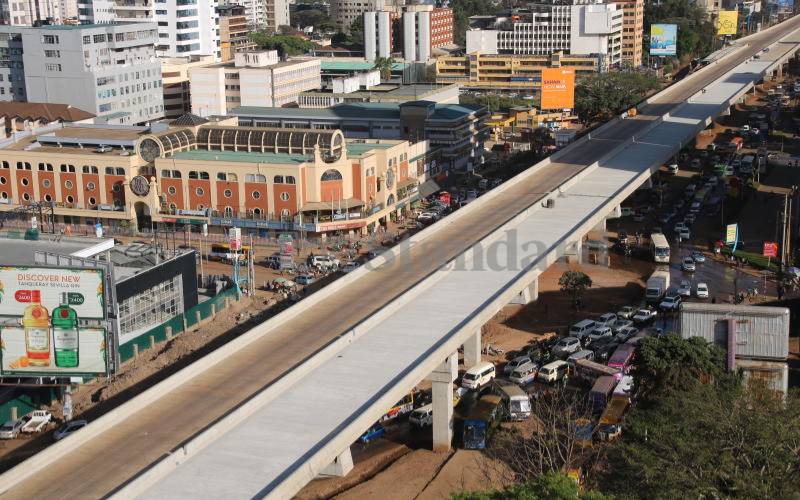JKIA-Westlands expressway construction on aerial view showing the old Waiyaki Way and the suspended new road. The government and the private sector have in recent years implemented or are in the process of implementing several mega infrastructure projects. They include the Konza Technology City, LAPPSET, railway projects (Standard Gauge Railway, Metre Gauge Railway rehabilitation), port projects (Mombasa, Lamu and Kisumu), shipyards, road projects, Nairobi Expressway project, airports, Pinnacle Towers, energy and power-related projects and water projects.
Most or all of these involve large overhead capital and lumpy investments whose contribution to the economy cannot be gainsaid. Infrastructure development is an important precedent to meaningful economic growth and expansion of trade and hence, Kenya is on the right trajectory.
The scope and importance of critical infrastructure assets predispose them to serious natural, human-caused, and accidental or technical threats. The human threats are predominant in our case. For example, Kenya Power and Lighting Company has been dealing with vandalism and theft of transformers which has led to losses of millions of shillings.
The roads’ agencies have been grappling with vandalism of guardrails, lighting systems and other fixtures. Kenya Railways is faced with a serious threat of vandalism. The threat is the same to all the aforementioned mega infrastructure projects and cumulatively, it has led to huge losses in terms of repairs, replacements and even loss of lives.
The motivation for this vandalism of infrastructure is partly attributed to a thriving but loosely regulated scrap metal industry. Despite the government’s very commendable efforts in stemming the menace, a lot more still needs to be done in order to realise the intended short and long-term benefits of the projects. A section of the Standard Gauge Railway (SGR) line passing through the Nairobi National Park. July 2, 2021. This calls for all the players to meticulously and consciously inculcate security considerations at the earliest stages of project development, as opposed to ‘overlaying’ security systems on the already completed infrastructure. Engineers, architects and security professionals should therefore interact right from the design stages of project development. This will allow for project-specific security systems to be built-in in order to harden the infrastructure against any potential threat.
Secondly, the security architecture will only be effective if it has a realistic mix of architectural, human, programmes, equipment and procedural security measures. Thirdly, public sensitisation and awareness programmes will go a long way in debugging the importance of these projects and the role […]
